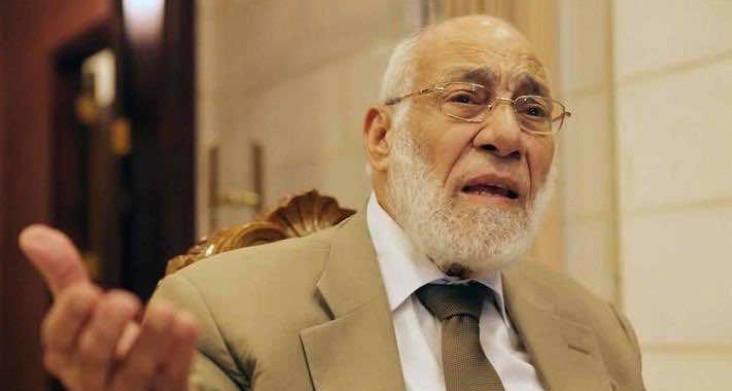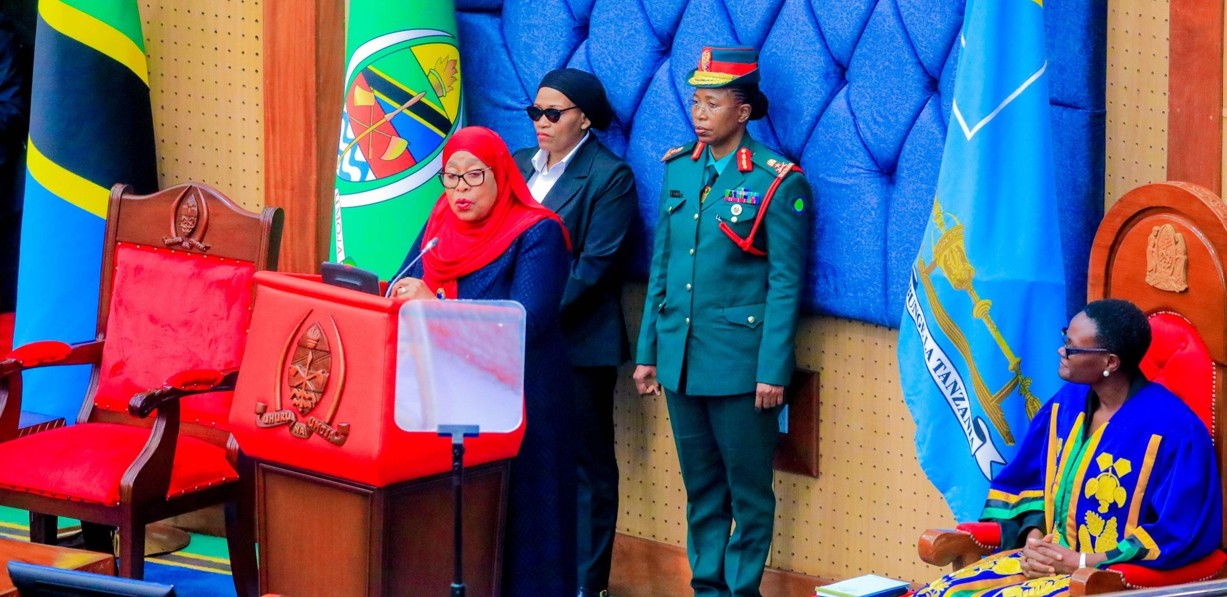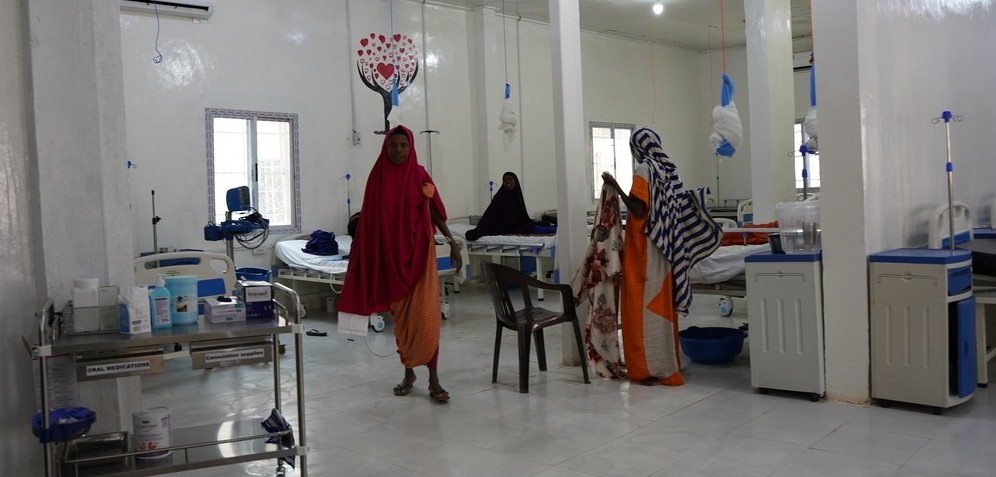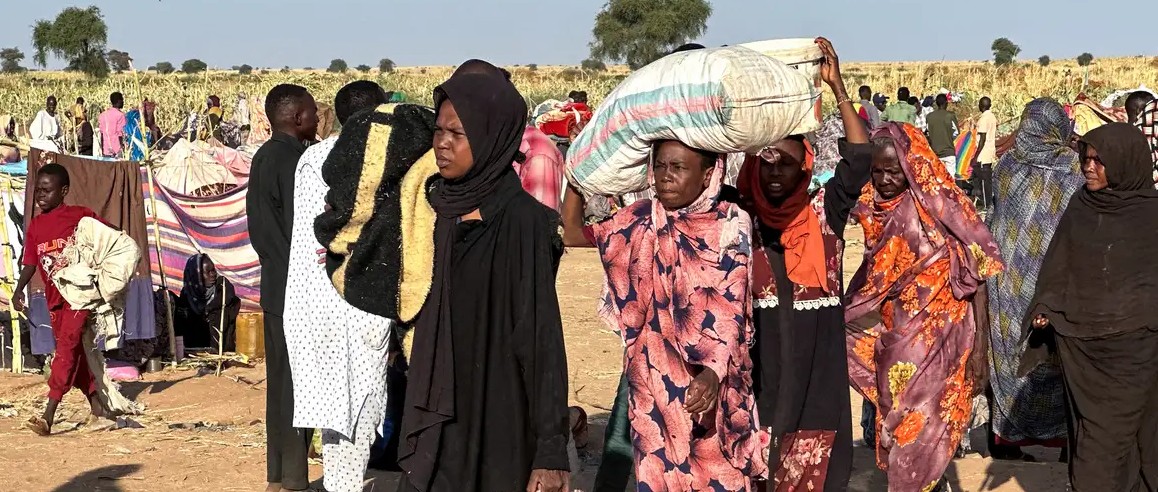Ruto defends new university funding model, says banding system existed before
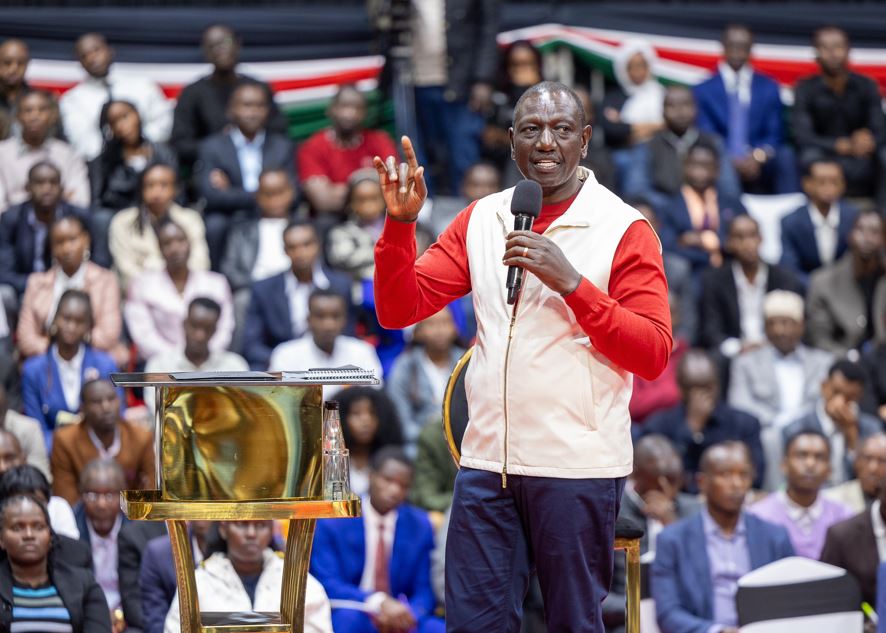
The President added that he has only added one band to the existing four, to make them five.
President William Ruto on Sunday defended the new university funding model amidst concerns raised by Kenyans.
Speaking during a town hall meeting at the KICC, Nairobi the Head of State argued that banding existed before the new funding model.
More To Read
- Kenya’s public schools on the brink amid illegal fees, funding shortfalls
- KUPPET proposes overhaul of funding, abolition of bursaries in fresh push for fully free public education system
- Maraga slams scrapped university funding model as "poorly planned", says government acted without foresight
- Ruto affirms commitment to free, quality primary and secondary education despite budget strain
- Education CS Julius Ogamba announces major shake-up in public university leadership
- Universities Fund faces Sh9.6 billion deficit as pending bills soar to Sh72.2 billion
"We started the banding in 1996, there has always been banding, but it did not start with this model. I know there is a push that may be this banding started with this model, but it did not. It has always been there," Ruto said.
The President added that he has only added one band to the existing four, to make them five.
The government on Friday announced at least 127,591 student loan applications have been processed and categorised under the five bands in the new controversial Higher Education Funding model.
Education Cabinet Secretary Julius Ogamba said that Sh5.2 billion has been released to the Higher Education Loans Board (HELB) for tuition and upkeep loans.
"Out of the funds released to Higher Education Loans Board (HELB), Sh2.8 billion has been released to the Universities Fund for scholarships," he said.
The CS noted that funds were being disbursed to the respective university and student accounts, upon ascertainment of students' reporting and admission.
The new model places students based on their financial needs, categorizing them into five distinct bands that reflect the family's economic status, ranging from band one to band five.
Learners in Band 1 get 95 per cent government support; Band 2: 90 per cent; Band 3: 80 per cent; Band 4: 70 per cent while Band 5 receives 60 per cent.
Students across the respective bands are also entitled to Sh60,000, Sh55,000, Sh50,000, Sh45,000 and Sh40,000 upkeep loans.
Funding models
Band One: This category focuses on the most vulnerable families, with a monthly income of no more than Sh5,995. In this group, the government scholarship will cover 70 per cent of the fees, and a loan will take care of another 25 per cent, bringing the total support to 95 per cent. The family will only need to pay 5 per cent of the fees, and the student will receive a Sh60,000 upkeep loan from Helb.
Band Two: This applies to families with a monthly income between Sh5,995 and Sh23,670. In this category, 60 per cent of the fees will be covered by a government scholarship, while 30 per cent will be covered by a loan.
The family will pay 10 per cent of the fees, and the student will receive a Sh55,000 upkeep loan.
Band Three: This is for families with a monthly income between Sh23,670 and Sh70,000. Here, 50 per cent of the fees will be covered by a government scholarship, and 30 per cent will be covered by a loan. The family will contribute 20 per cent of the fees, and the student will get a Sh50,000 upkeep loan.
Band Four: This category targets families with a monthly income between Sh70,000 and Sh120,000. The government will cover 40 per cent of the fees through a scholarship, while 30 per cent will be covered by a loan. The family will pay the remaining 30 per cent
Band Five: This is for families earning more than Sh120,000 monthly. In this category, the family will pay 40 per cent of the fees and 30 per cent will be covered by a loan. The family will pay the remaining 30 per cent of the fees.
Top Stories Today
